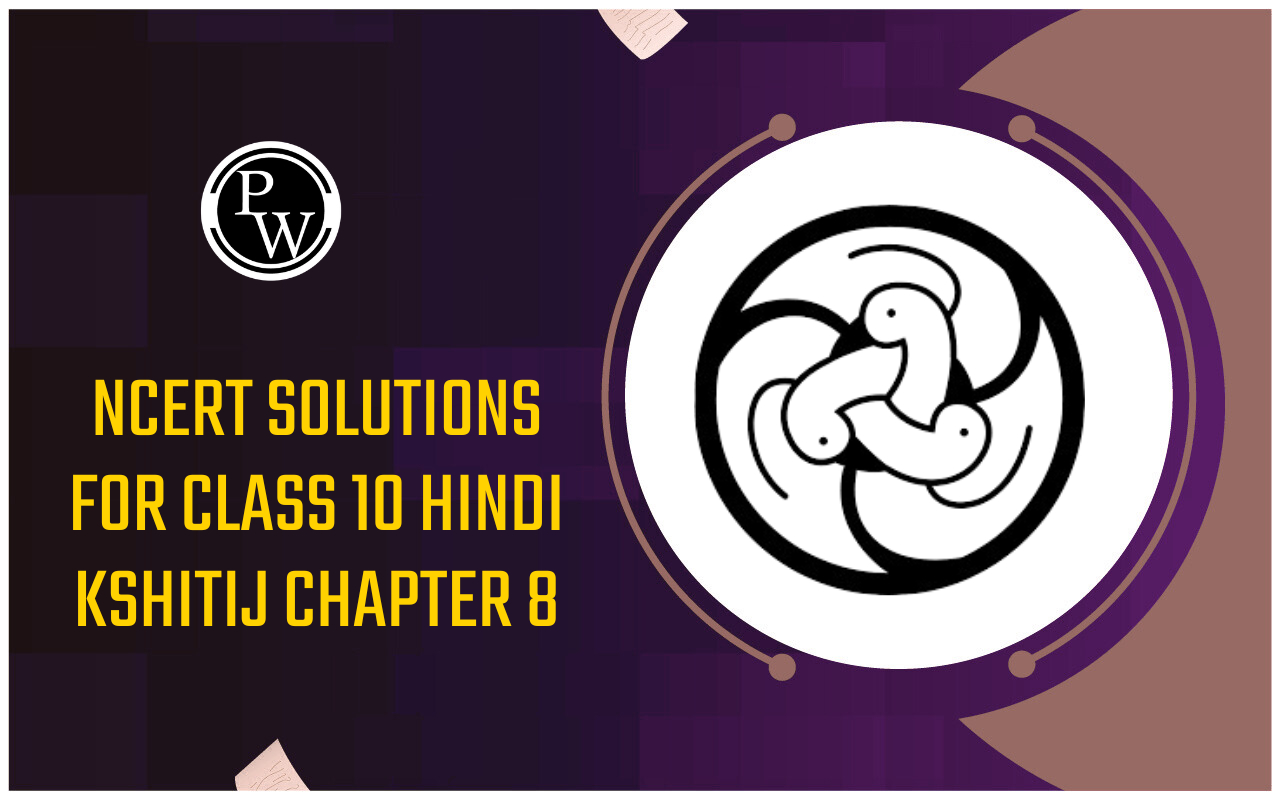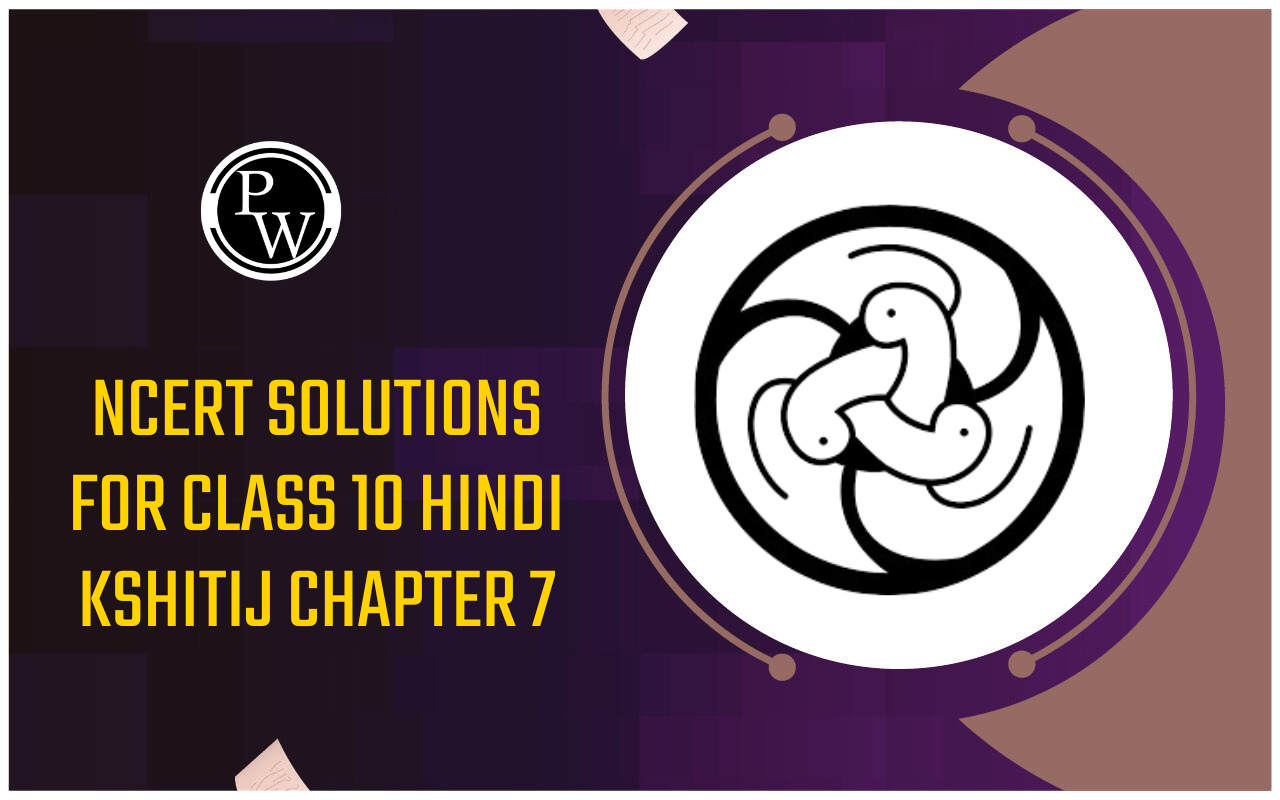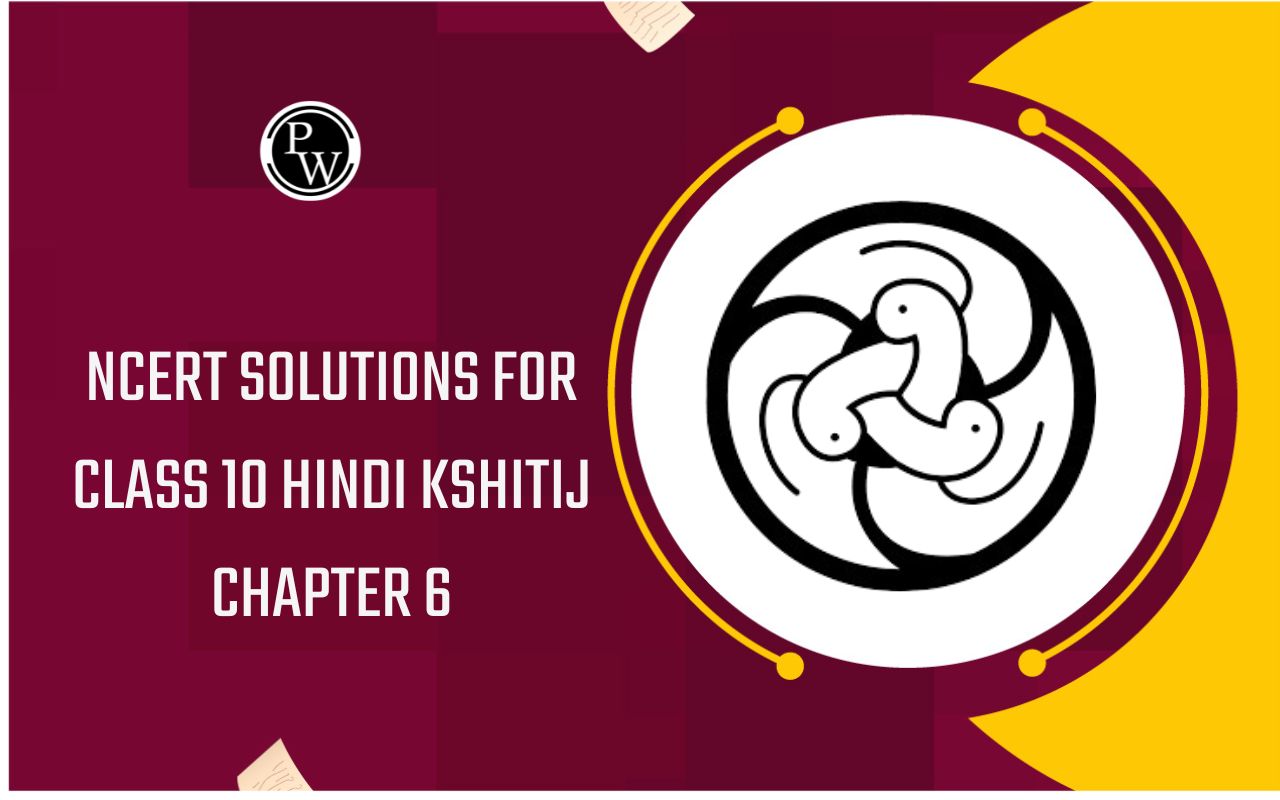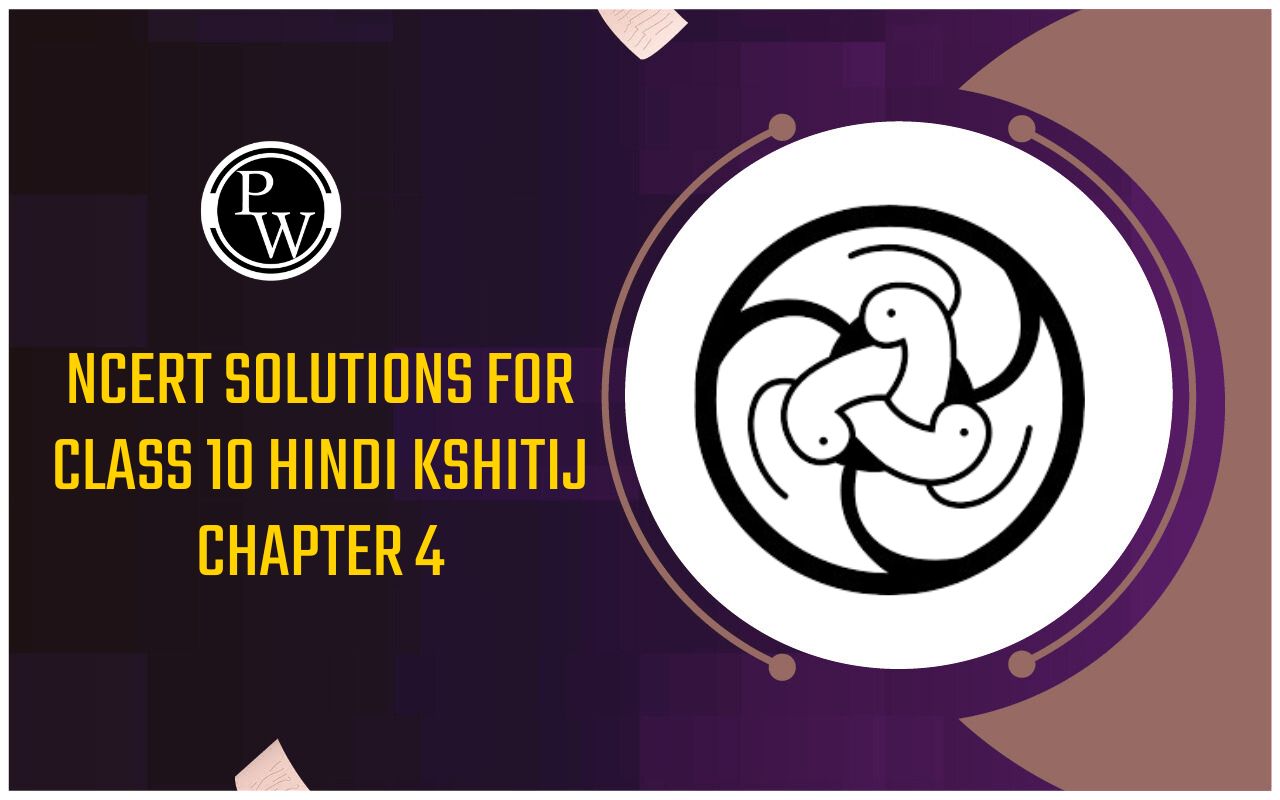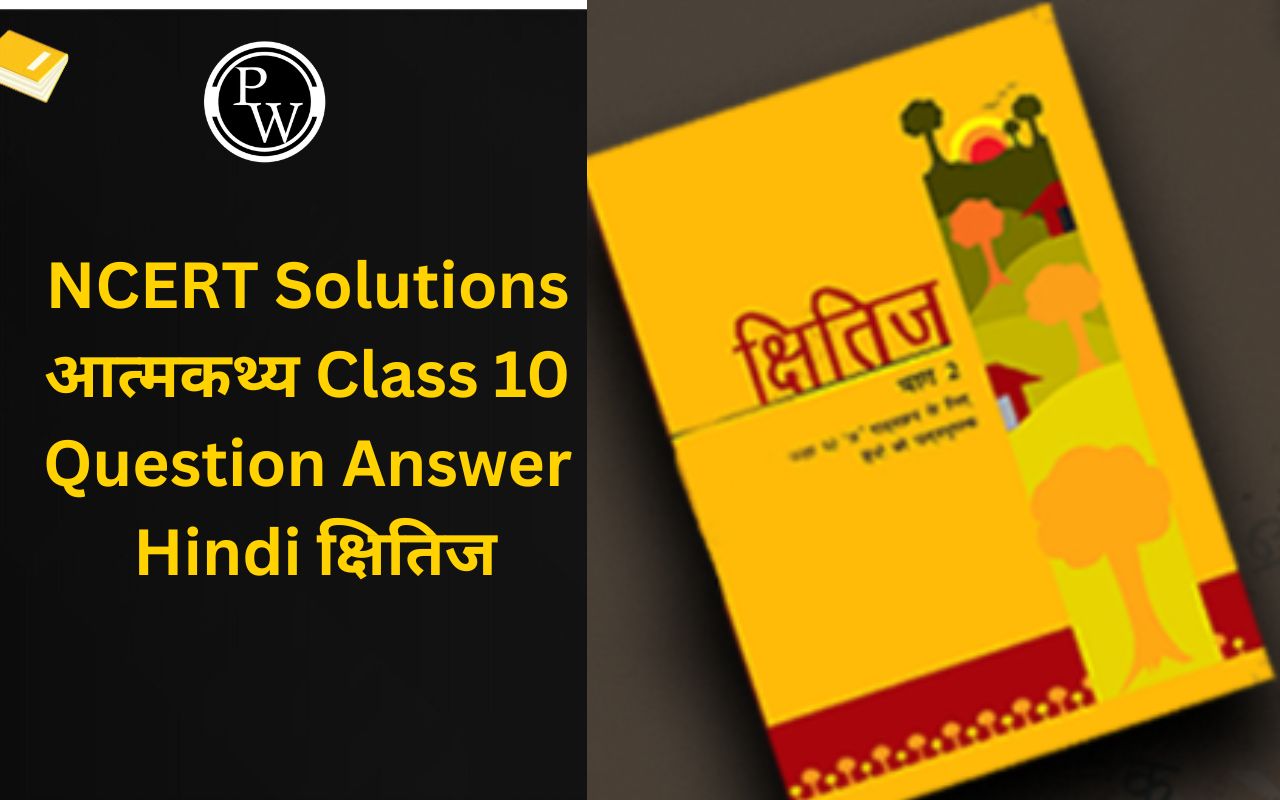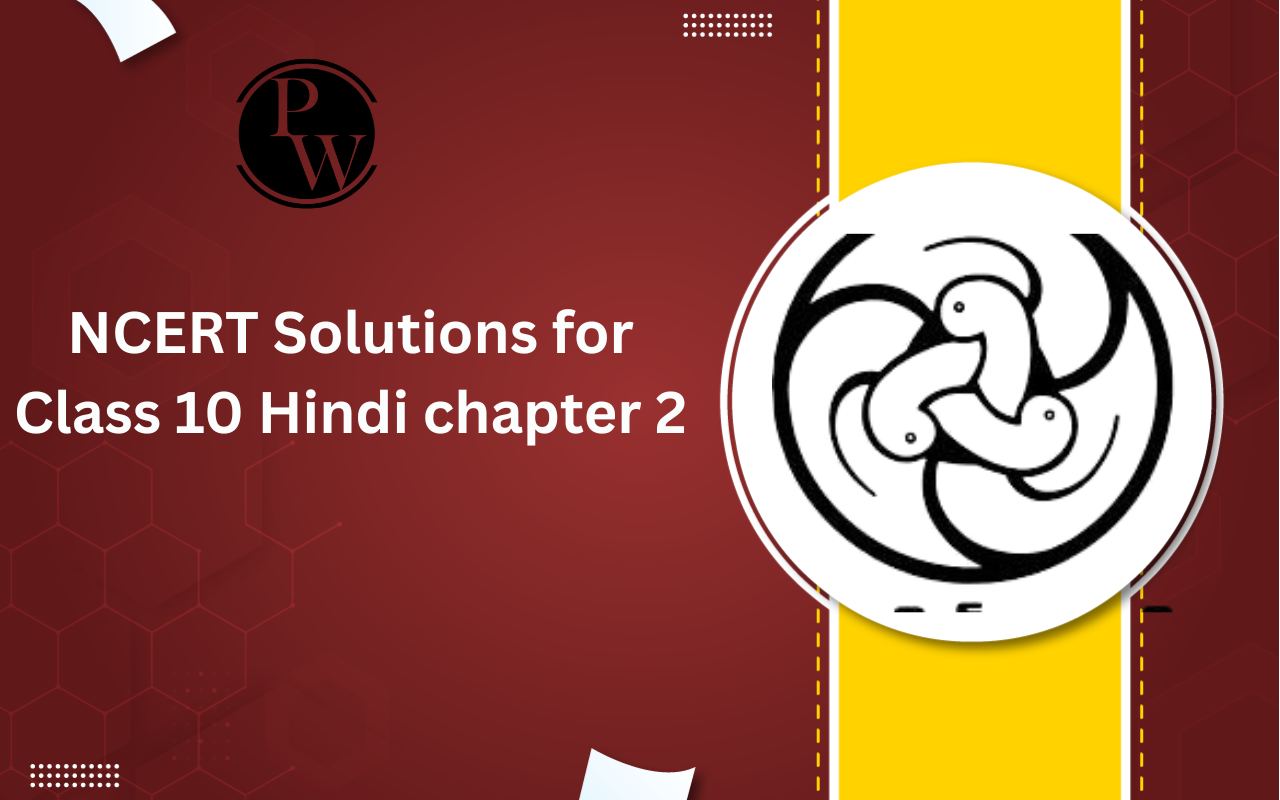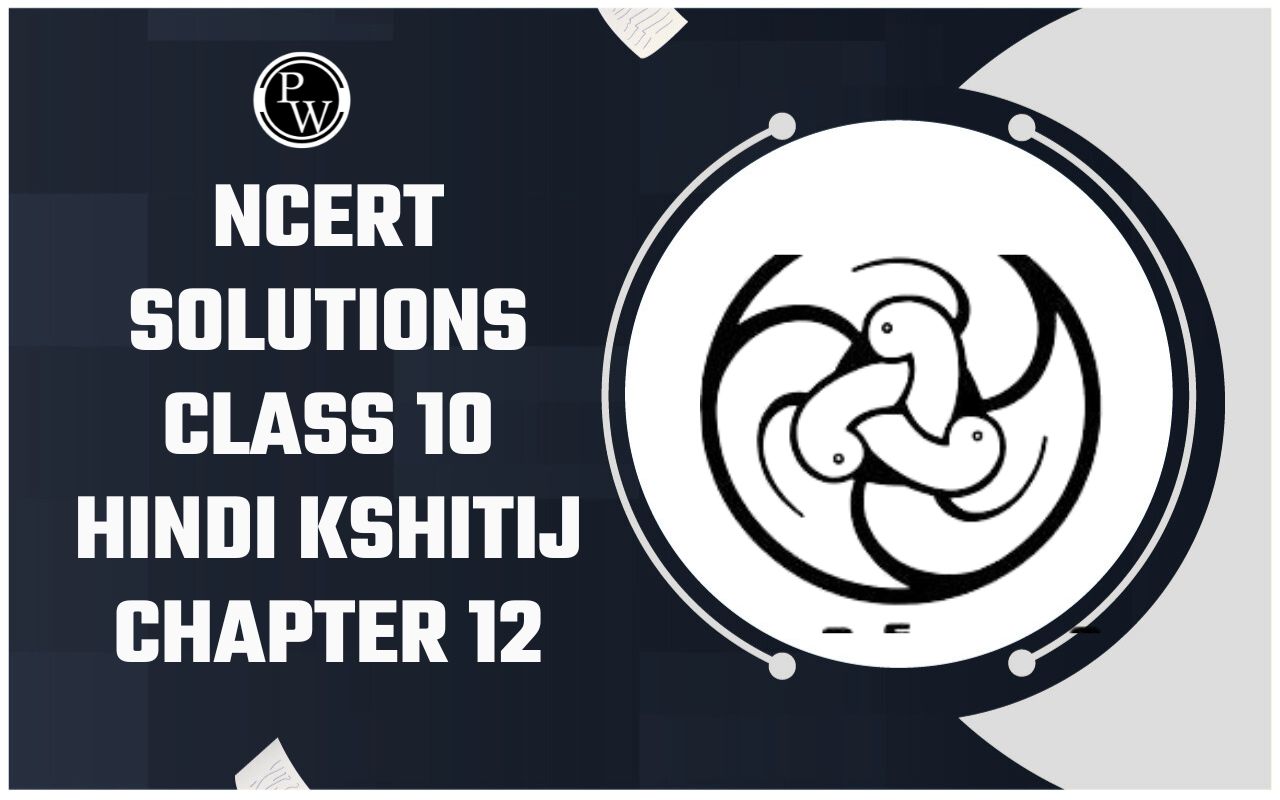
Meristems Based On Origin
Anatomy Of Flowering Plants of Class 11
Meristems Based On Origin
promeristem
- The first formed meristem originating from zygote and lying in embryonic condition is promeristem or primordial meristem or embryonic meristem or eurmeristem.
- It is situated at the apices of radicle and plumule.
- It is a mother meristem from which other meristem, primary meristem develops.
- This is undifferentiated part of an apical meristem.
primary meristem
- It originates from promeristem.
- It is so called because it is responsible for primary growth and builds up the primary body of the plants.
- Cells of primary meristem divide rapidly and after loosing their divisional capacity they form primary permanent tissue, except intrafascicular cambium, a primary meristem but forms secondary permanent tissue.
- It is situated at the apices of root and shoot and also at the nodal region of stem and its branches, e.g., apical meristem, intercalary meristem, intrafascicular cambium, etc.
secondary meristem
- It originates from the cells of primary permanent tissue by regaining their divisional capacity (cell dedifferentiation). This is lateral meristem, which brings about increase in girth.
- It is so called because it is responsible for secondary growth. It is situated on the sides of the axis of the plant (root and stem).
- Cells of secondary meristem divide and redivide and after loosing their divisional capacity, they form secondary permanent tissue, e.g., interfascicular cambium, cork cambium (phellogen), cambium and cork cambium of root, wound cambium and accessory cambium.
- Differences between primary and secondary meristems :
|
Primary meristem |
Secondary meristem |
|
|
|
|
|
|
|
|
|
|
MERISTEMS BASED ON POSITION
apical meristem
- It is situated at the growing tips of root , shoot and their branches.
- It is a primary meristem and is responsible for increase in length (primary growth).
- The derivatives of the apical meristem differentiate in course of time into permanent tissues which together constitute the primary body of the plant.
lateral meristem
- The meristem situated on the sides of the axis of plants is called lateral meristem and is responsible for secondary growth.
- Lateral meristems are secondary meristems, except intrafascicular cambium.
intercalary meristem
- The meristem present at the nodal region of stem and its branches and intercalated between permanent cells is called intercalary meristem.
- It may be present either at the base of internodes (e.g., grasses, bamboo, wheat) or nodes (e.g., mint) or leaves (e.g., Pinus)
- It is responsible for the elongation of internodes, increase in length and formation of lateral appendages.
- It is actually a portion of apical meristem which is left behind and gets inserted between permanent cells during development.
- It is short lived and very soon becomes permanent.
- Differences between apical and lateral meristems :
|
Apical meristem |
Lateral meristem |
|
|
|
|
|
|
|
|
|
|
MERISTEMS BASED ON FUNCTION
protoderm
- It forms the outermost skin i.e., epidermis of stem or epiblema of root.
procambium
- It forms the primary vascular bundle , i.e., primary xylem and primary phloem.
ground meristem
- It forms all the rest parts of the plant body except epidermis and vascular tissues, i.e., cortex, endodermis, pericycle, pith, etc.
All these meristems are primary in nature as they form primary permanent tissues.
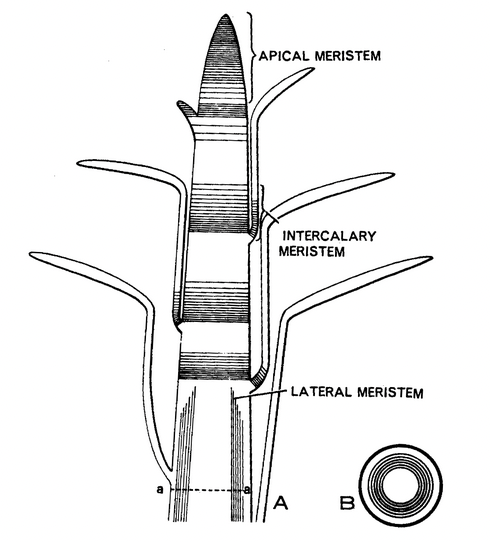
Fig. Different types of meristem on the basis of position in plant body
MERISTEMS BASED ON PLANE OF CELL DIVISION
Rib or file meristem
- It is a type of meristem in which cells divide in one plane anticlinally. Some layers of cortex and pith are formed by rib meristem.
Plate meristem
- The cells of this meristem divide in two planes (at right angles to each other) anticlinally to form plate like structure. It forms uniseriate epidermis and multiseriate leaf blade, e.g., epiblema, epidermis, etc.
Mass meristem
- The cells of this meristem divide in all planes (1 × b × h) and forms a mass of cells. e.g., endosperm, seed coat, pericarp, etc.
All these meristems are primary in nature as they form primary plant body.
APICAL MERISTEM
- In vascular plants the meristem which first appears in the embryonic shoot or embryonic root is known as apical meristem. All primary tissues of the plant body originate from the shoot and root apical meristem.
Shoot apical meristem
- It is the terminal meristem of the shoot. It continuously gives rise to new cells and tissues from which new organs are formed. According to Foster, Gifford and Clowes “shoot apex is a portion of shoot above the youngest primordium”. It is conical in shape and shows rhythmic change in size. It is self determining and autonomous organizing centre of the plant.
- Plastochorn (time gap between two successive primordia) is applicable to shoot apical meristem.
Theories of Shoot Apex Organization
Several theories have been proposed to explain the organization of shoot apex. Some important ones are as follows:
- Apical cell theory: This theory was advanced by Hofmeister (1857) and supported by Nageli (1858). According to this theory, there is a single apical cell with three cutting faces which governs the whole process of growth. This theory is applicable only to cryptogams but fails to explain the organization of the shoot apex in higher plants.
- Histogen theory: This theory was proposed by Hanstein (1868). According to this theory, three distinct meristematic zones (histogens) can be recognized in the shoot apex of angiosperms. They are dermatogen, periblem and plerome.
The dermatogen is the outermost histogen and gives rise to the epidermis. The periblem is the middle histogen and gives rise to the cortex including endodermis. The inner most histogen is plerome that forms the vascular tissue including pith. However, in most of the gymnosperms and angiosperms, this zonation could not be established, hence this theory was later dropped.
- Tunica-corpus theory: This theory was given by Schmidt (1924). According to this theory, there are only two distinct zones, tunica and corpus, in the shoot apex of angiosperms. The tunica is peripheral zone consisting of one or more layers of regularly arranged smaller cells. The corpus represents the central core with large cells. If tunica is single cell layered, then entire tunica is involved in the formation of epidermis. But if tunica is multilayered, the outer layer of tunica forms epidermis and remaining layer of tunica and entire corpus form the rest of the plant body. This is the most accepted theory.
-
Tunica and corpus can be distinguished on the basis of plane of cell divisions. The cells of tunica divide only anticlinally, while those of the corpus divide in all planes. The former is responsible for surface growth while the later for volume growth.
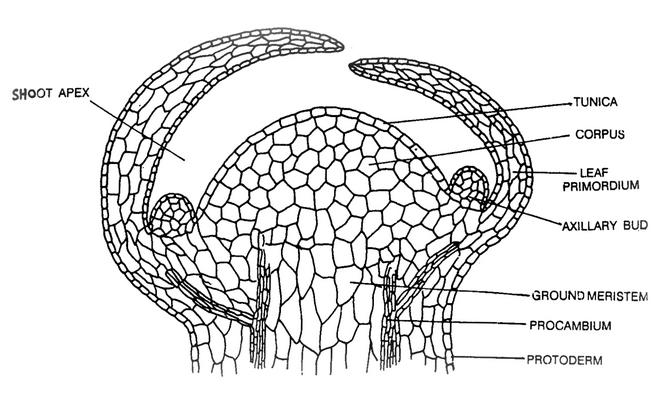
Fig. Vegetative shoot apex according to tunica corpus theory
Reproductive shoot apex
|
|
|
Vegetative shoot apex |
Reproductive shoot apex |
|
|
|
|
|
|
|
|
|
|
|
|
|
|
|
|
|
|
Root apical meristem
- The root apical meristem is relatively simple than the shoot apex. It is sub-terminal in position because root cap is present at the apex.
- It is not associated with the formation of lateral appendages and differentiation of nodes and internodes.
- Root apex does not show any distinction of tunica and corpus. It has central group of permanent initials, promeristems, produces 3−4 bands of temporary initials, called histogens.
Theories of Root Apex Organization
Different theories of root apex organization are as follows:
- Apical cell theory: According to this theory, proposed by Nageli (1858), a single tetrahedral apical cell is the structural and functional unit of the root apical meristem. The three upper sides form the body of the root whereas the lower side forms the root tip. This theory, however, is not applicable to higher plants.
- Histogen theory: Hanstein (1868) differentiated four embryonic zones or histogens in the root apex. The dermatogen forms the epidermis. The periblem gives rise to the cortex and plerome forms the central cylinder comprising stele. A fourth histogen called calyptrogen is also identified which forms the root cap.
- Quiescent centre: In between root cap and the active centre of cell division, there is a cup shaped region of inactive cells, called quiescent centre. It is a reserve meristem where divisions are very few as the DNA synthesis is very rare. Cells of quiescent centre have low DNA, RNA and proteins. When there is the need, cells divide and repair the damaged parts of roots. Quiescent centre was discovered by Clowes (1956) in the root of Zea mays.
- Korper-kappe theory: This theory was proposed by Scheupp (1917). According to this theory, two zones, korper and kappe, can be distinguished in the root apex. Both these zones are characterized by peculiar type of cell division. Cells of kappe show straight ‘T’ type division while those of korper show inverted ‘T’ (⊥) type division.
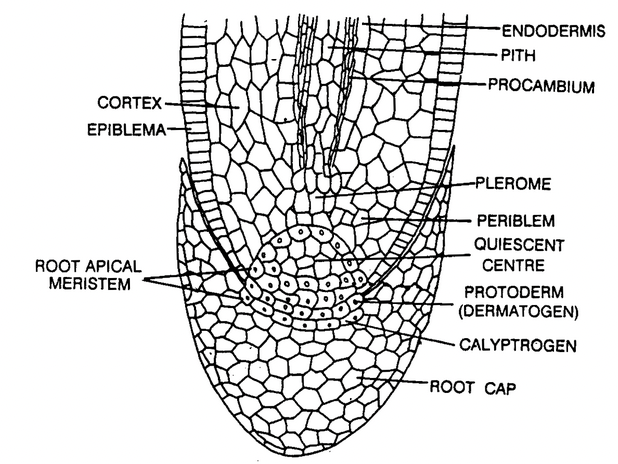
Fig. L.S. of root apical meristem
- A reproductive shoot apex may form a flower or an inflorescence. The central corpus cells add numerous new cells to the base before stopping their typical activity. It produces a pedicel.
- The meristatmatic envelope functions like a temporary meristem which forms the base for formations of different floral structures.
- The lower end of the meristematic envelope produces primordia for the sepals. The sepal primordia enlarge quickly to cover the reproductive shoot apex.
- Other primordia form petals, stamens and carpels. Carpels primordia are the last to develop, arise from the summit cells of the meristematic envelope.
- Formation of different floral organs consumes the entire meristematic envelope so that further growth is stopped except for the enlargement of the buds into flower.


